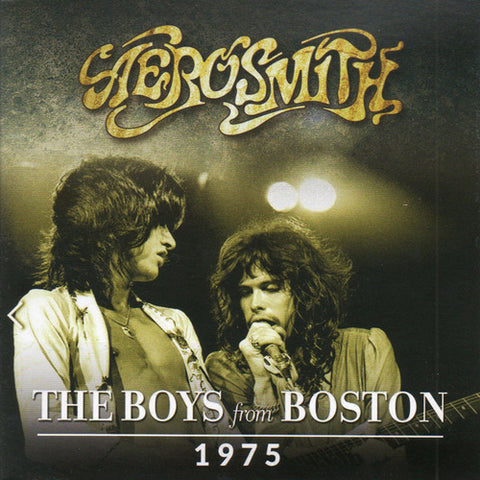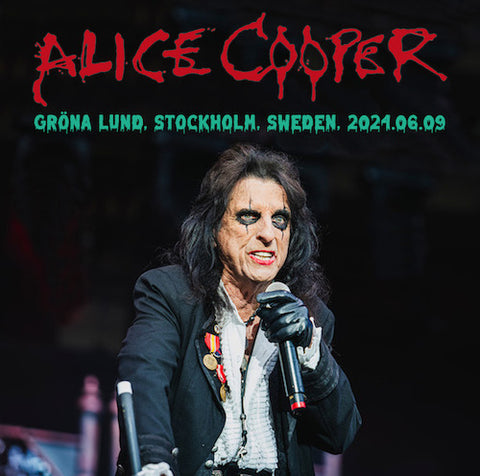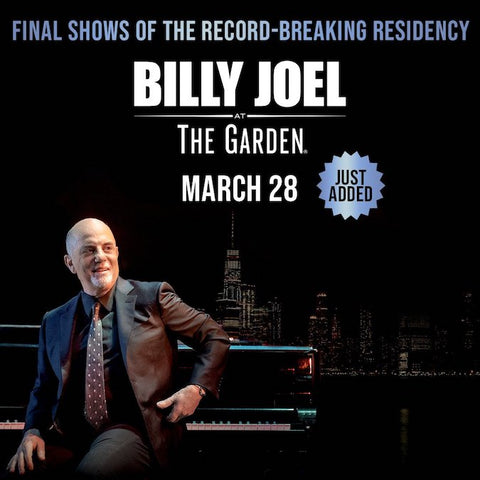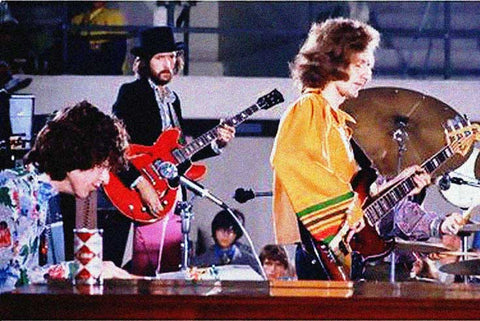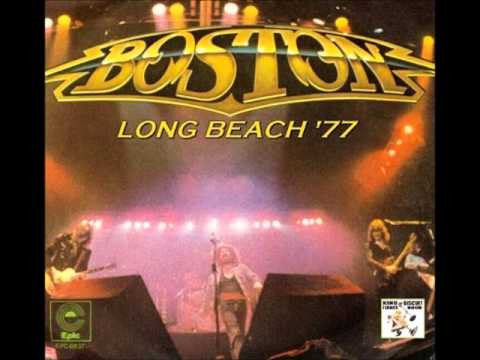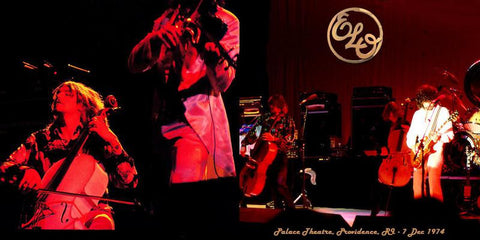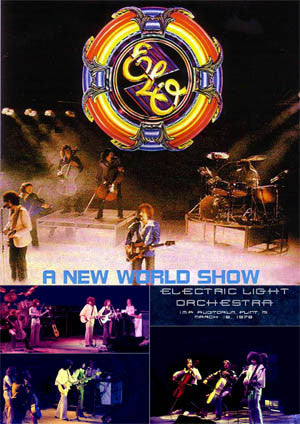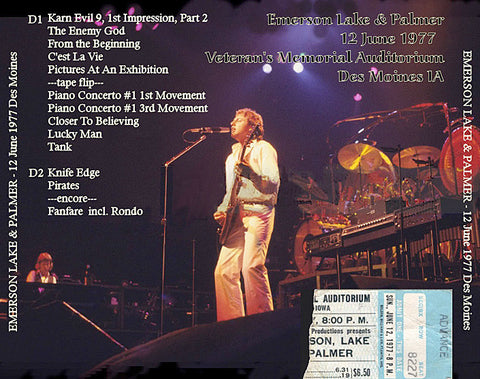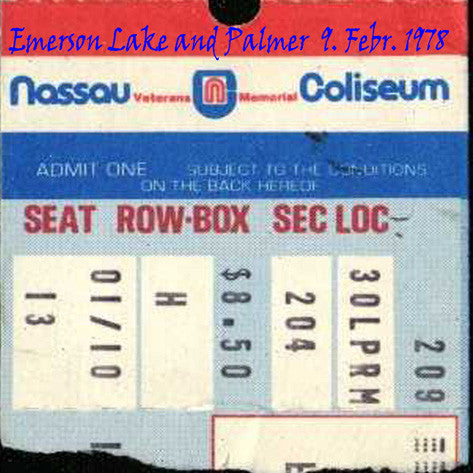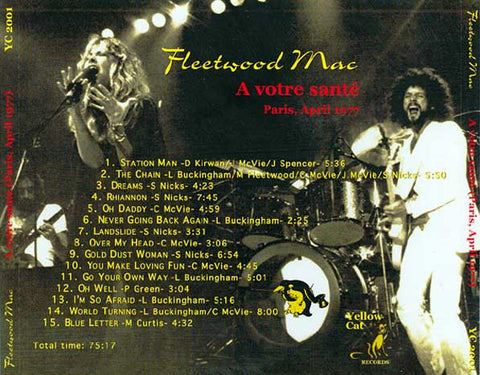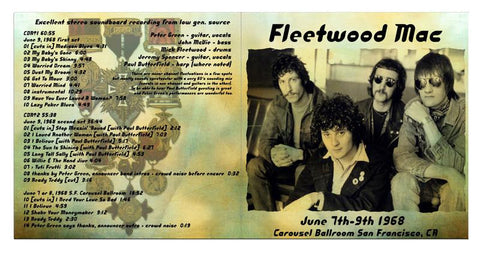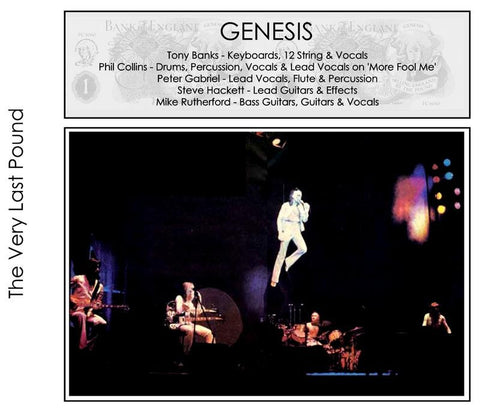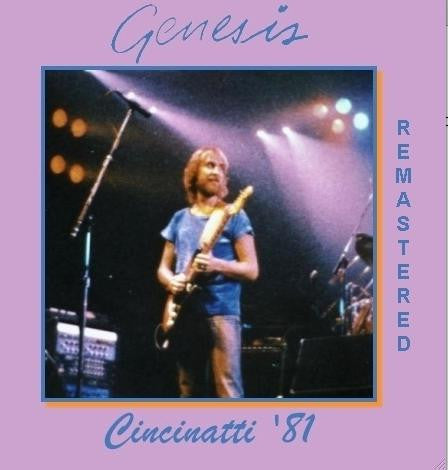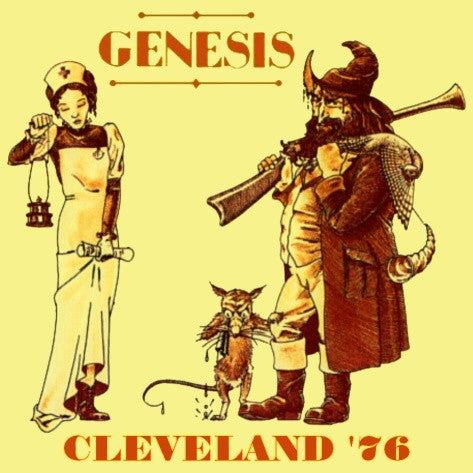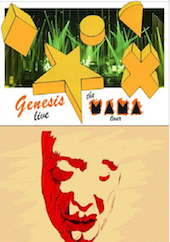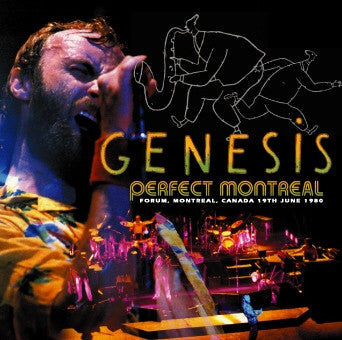Pink Floyd - Paris, France - January 23, 1970
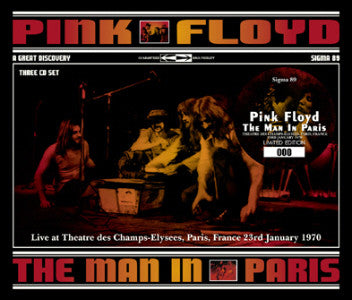
Pink Floyd
Theatre des Champs-Elysees
Paris, France
23 January 1970
AUD - B+
This recording is a restoration of this concert from an audience recording along with elements of the radio broadcast mix of the show. This master leans heavily on the audience recording. The sound here is of an audience recording at all times including in the VIP section. Many parts of course are only the audience recording. The restoration and presentation of elements of the broadcast mix is only possible now that this audience recording has surfaced. Special thanks to Gerard for capturing and preserving this most unique show and to Philippe for coordinating this and setting the bar with the initial release! Finally, none of this would be possible without the tireless and extraordinary effort of Neonknight for all his work in coordinating this project as well as archivist and transfer engineer for the best copies of the broadcast recordings.
www.tommygunvideodvd.com
********** Setlist **********
-- The Main Feature
01. Daybreak pt. 1
02. Work
03. Tea Time
04. Afternoon
05. Doing It!
06. Sleep
07. Nightmare
08. A Saucerful Of Secrets
09. audience
10. Astronomy Domine
11. Green Is The Colour
12. Careful With That Axe, Eugene
13. The Violent Sequence
14. Main Theme (from 'More')
15. Set The Controls For The Heart Of The Sun
16. The Amazing Pudding (Atom Heart Mother)
-- The VIP Section
B1. The Violent Sequence
B2. The Amazing Pudding (Atom Heart Mother)
* The mono program is presented as dual mono in the stereo format. This is to avoid it playing only through the center channel of a 5.1 home theater system or a single channel of a stereo system. This does not increase the file size with FLAC compression.
********** Sources **********
Broadcast mix:
FM radio broadcast 'source 1'
*** Broadcast mix ***
Paris radio recorded a mono broadcast mix. This was broadcast in edited form at least twice and then just a song or two and with interviews at least twice. The different broadcasts are each uniquely incomplete and the remaining copies of the 1st 3 are extreme low fidelity.
This mix was heavily compressed (as is common with radio broadcasts). This had a serendipitous effect of preserving a surprising level of nuance during some of the quietest sections. There is fairly heavy delay effect during some parts. This may have been added in post production but it's possible that they had an fx feed that they simply mixed too heavy in the broadcast mix and which was further exaggerated by the compression. This element of the mix is very crudely executed and does not follow the live mix. Hard to tell if it's an echo applied to the entire mix or just the drum/instrument bleed in the vocal mics. You do hear drum bleed getting treated with vocal echo at times during this or any Pink Floyd show but this goes far beyond that to the point that it significantly alters the music.
Broadcast mixes of this era were often made by a radio station engineer mixing the individual inputs from the stage on their own console. Often from a 2nd set of mics (which you can see in many videos from the era) as equipment of that era was not easy to interconnect and make multiple mixes with. Since the mix made for the room can often omit sounds that were plenty loud in the room just coming off the stage, the broadcasters new this and made their own mix in order to better capture the event. The down side is that for bands like the Pink Floyd who had very accomplished mix engineers, the broadcast mix does not reflect the house engineer's work. Further, bands who had high standards for sound employed musicians as mix engineers where most radio engineers were not as accomplished and as such made very crude mixes. One of these explanations would be the reason for the unmusically awkward delay fx that are hot in the broadcast mix.
*** Audience ***
Recorded by Gerard on a portable mono recorder. He was able to successfully capture all the music except the first notes of GITC, AD, & MTFM and two roughly 30 second breaks for tape changes in ASOS and TAP. He paused between songs whenever possible to conserve tape.
This recording sounds like it comes from more or less the center of the room. The stage sound is distant but still fairly well defined. You do not hear any evidence of close proximity to any of the surround speakers which further suggests a centralized location.
This recording suffers from the difficulty of recording a very dynamic performance with very loud and very quiet sections with portable equipment nowhere near up to the task. As such, a great deal of the sound is weak and buried in the noise floor of the recording. This hiss is further exaggerated after the record level was turned down on the master during BMT (no doubt because the loudest peaks were hitting the red). There are also noises from the microphone being bumped and the chair creaking throughout the show but especially during the quiet opening number. Some of these are so severe as to sound like your house crashing down around you when you bring the music level into balance.
*** etc ***
If you study the audience recording you can tell in spots where mix elements were sent to the surrounds vs. the mains either from proximity cues and/or altered room echo. But just barely as the taper really appears centered in the venue. For all intents and purposes, all the surround mixing from this show is lost.
The audience recording is far superior to the remaining original broadcast captures in both fidelity and balance. The 1995 re-broadcast contains elements that are captured in much higher fidelity than the audience recording but the audience recording is much better balanced due to the gross alterations of the broadcast mix.
